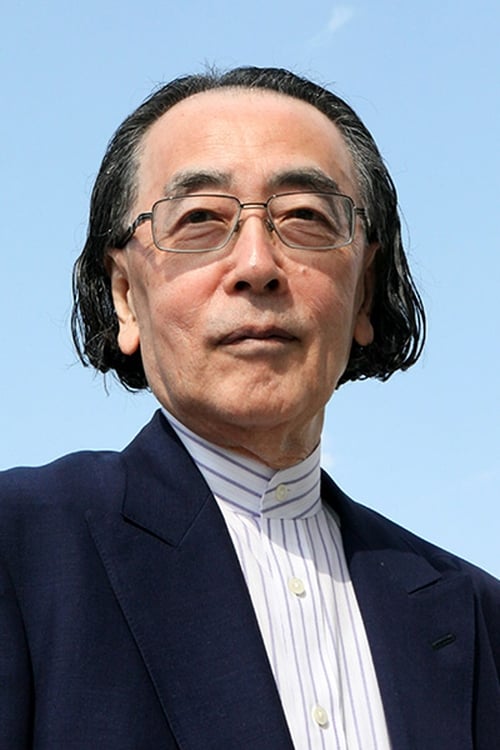Atman (1975)
Género : Terror, Animación
Tiempo de ejecución : 12M
Director : Toshio Matsumoto
Sinopsis
ĀTMAN is a visual tour-de-force based on the idea of the subject at the centre of the circle created by camera positions (480 such positions). Shooting frame-by-frame the filmmaker set up an increasingly rapid circular motion. ĀTMAN is an early Buddhist deity often connected with destruction; the Japanese aspect is stressed by the devil mask of Hangan, from the Noh, and by using both Noh music and the general principle of acceleration often associated with Noh drama.
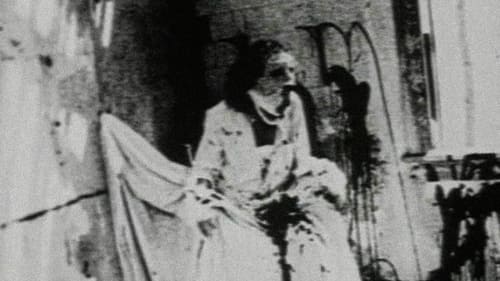
Film experimental y de culto que consiste en dos largas y minuciosas secuencias, en las que una criatura sobrenatural (Dios) da luz a la humanidad y un hombre solitario es torturado por misteriosas figuras con máscaras. "Begotten" es una inclasificable película que se la ama o se la detesta, en cualquier caso una experiencia completamente única
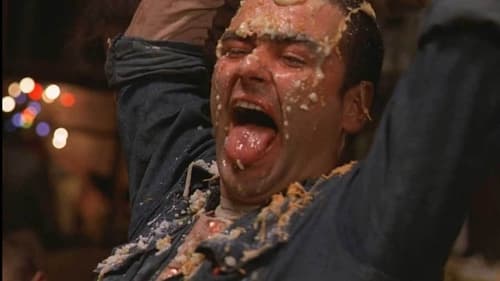
La ganadora del concurso Miss Virginidad Mundial se casa, se escapa de su marido masoquista y termina involucrada en un mundo de libertinaje.
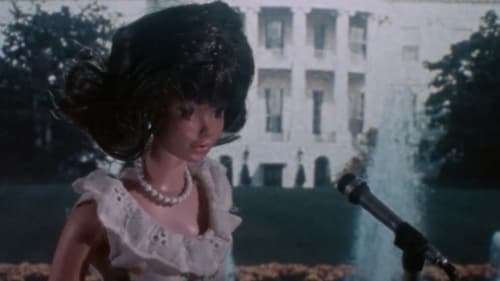
A finales de los 80, esta película dio a conocer al joven director Todd Haynes (Poison, Velvet Goldmine, I'm Not There). Se trata de una original historia sobre la influencia de la música de The Carpenters en los años 70 y sobre la lucha de Karen Carpenter contra la anorexia nerviosa. Protagonizada por las muñecas Barbie, la película es una joya perdida debido a los enconados esfuerzos de la familia Carpenter por impedir su distribución y exhibición.

Five lonesome cowboys get all hot and bothered at home on the range after confronting Ramona Alvarez and her nurse.
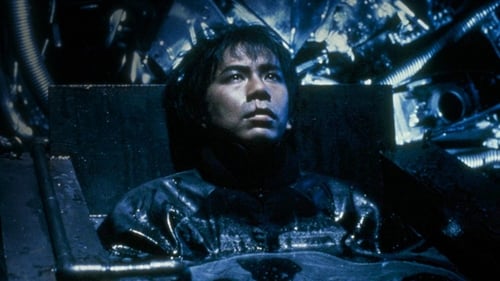
Taniguchi Tomoo es un hombre sencillo y familiar. Cuando su hijo es secuestrado por un par de cabezas rapadas, la tensión y la cólera crece en Tomoo y provoca su transformación en un cyborg temible, un híbrido entre un ser humano y un armamento de alta potencia. Su nuevo cuerpo atrae la atención del jefe de los Cabezas Rapadas, quien resulta ser el líder de una banda de mutantes-cybord. Este mutante líder realiza varios experimentos sobre Tomoo, lo cual acelera su metamorfosis... (FILMAFFINITY)

Un psiquiatra cuenta dos historias: una de un travesti (Glen o Glenda), la otra de un pseudohermafrodita (Alan o Anne).

Estructurada en tres partes (Creación, Paraíso y La era dorada) y rodada en el desierto del Sahara, esta es sin duda la película menos convencional del director alemán. Sin argumento ni guión determinado, Herzog nos regala una serie de imágenes, palabras y música que funcionan conjuntamente dando un resultado singular. La sensación resultante viene reforzada por una banda sonora con temas de Leonard Cohen, Mozart o la Third Ear Band
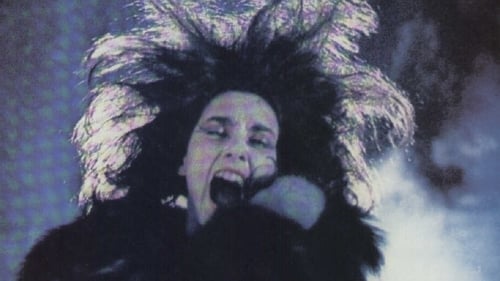
Rock musical adaptation of William Shakespeare's "A Midsummer Night's Dream".
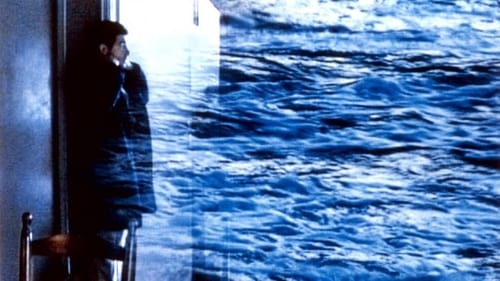
Edgar, un joven director de cine, busca una actriz para su próximo proyecto, un filme sobre las 4 estaciones del amor (encuentro, pasión, separación y reconciliación). Cuando consigue por fin dar con la chica ideal, una joven llamada Berta, descubre que ésta no está interesada. Poco después ella muere. Edgar recuerda entonces el momento en que la conoció, dos años atrás...

Una banda de forajidos liderada por el temido blackjack roba un banco y emprende una frenética huida hasta un pueblo llamado refugio. Los forajidos pronto se dan cuenta de que hay algo extraño en el pueblo y sus habitantes. El sheriff no va armado,el pueblo no tiene cárcel y todos se reunen en la iglesia con la puesta del sol. Uno de los forajidos reconoce en el pueblo algunas figuras del legendario oeste, como Wild Bill Hickock o Billy el niño, que esta redimiendose de su vida anterior y los recien llegados se lo pondrán muy dificil. (FILMAFFINITY)
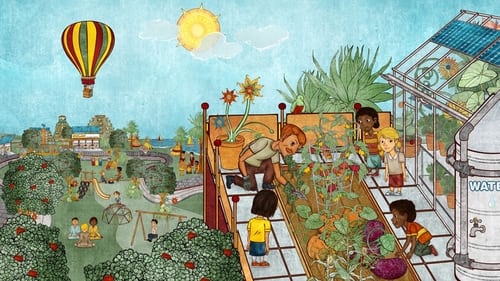
2012: Time For Change is a documentary feature that presents ways to transform our unsustainable society into a regenerative planetary culture. This can be achieved through a personal and global change of consciousness and the systemic implementation of ecological design.

Tras salir de la escuela, un adolescente va a la playa montado en su bicicleta, imaginándose que es la única persona del mundo.

At Stamford Road in Dalston Junction of east London, the camera follows pedestrians, cars and birds while a narrator, who appears to be the director behind the camera, seems to instruct the objects.
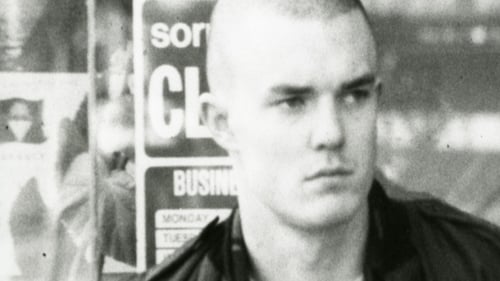
A lonely hairdresser watches the title sequence of "That Cold Day in the Park" then visits a local park to invite a down-and-out skinhead to his apartment. He draws the silent man a bath and talks to him as he soaks. He locks his guest in a bedroom. Next day, the skinhead leaves through the window and visits his sister, who's making a film called "Sisters of the SLA." He helps with a screen-test. The hairdresser has dreams and fantasies involving the skinhead, the skinhead returns to visit him, and then the filmmaker pays a call on the two men, exposing her brother as faking his silence and pretending a lack of sexual interest. Fantasies can come true.
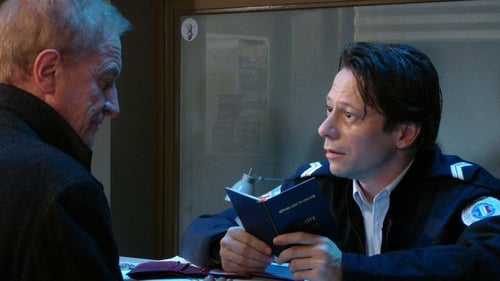
Marguerite no contaba con que le robaran el bolso al salir de la tienda. Y menos aún con que el ladrón tirara lo que había dentro en un aparcamiento. En cuanto a Georges, de haberlo sabido, no se habría agachado a recogerlo.

While their mother is dying in the modern Gimli, Manitoba hospital, two young children are told an important tale by their Icelandic grandmother about Ainar the lonely, his friend Gunnar, and the angelic Snjofrieder in a Gimli of old.

In Manhattan's Central Park, a film crew directed by William Greaves is shooting a screen test with various pairs of actors. It's a confrontation between a couple: he demands to know what's wrong, she challenges his sexual orientation. Cameras shoot the exchange, and another camera records Greaves and his crew. Sometimes we watch the crew discussing this scene, its language, and the process of making a movie. Is there such a thing as natural language? Are all things related to sex? The camera records distractions - a woman rides horseback past them; a garrulous homeless vet who sleeps in the park chats them up. What's the nature of making a movie?
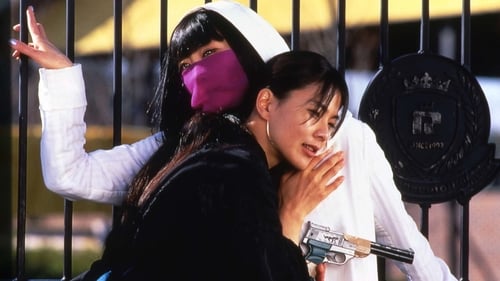
An assassin fends off numerous attacks from her comrades, who are trying to move up in rank by killing off the competition.
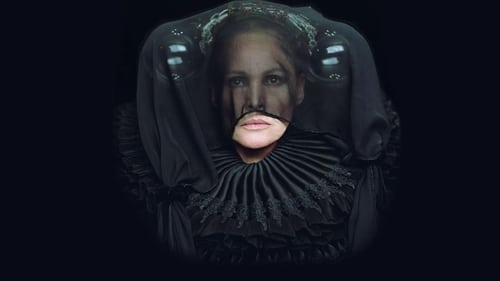
Cremaster 5 (55 min, 1997) is a five-act opera (sung in Hungarian) set in late-ninteenth century Budapest. The last film in the series, Cremaster 5 represents the moment when the testicles are finally released and sexual differentiation is fully attained. The lamenting tone of the opera suggests that Barney invisions this as a moment of tragedy and loss. The primary character is the Queen of Chain (played by Ursula Andress). Barney, himself, plays three characters who appear in the mind of the Queen: her Diva, Magician, and Giant. The Magician is a stand-in for Harry Houdini, who was born in Budapest in 1874 and appears as a recurring character in the Cremaster cycle.

A Japanese fairy tale meets commedia dell'Arte. All in white, the naïf Pierrot lies in a wood. Doo-wop music plays as he rises, stares about, and reaches for the moon. Although music abounds and the children of the wood are there at play, Pierrot is melancholy and alone. Harlequin appears, brimming with confidence and energy. He conjures the lovely Colombina. Pierrot is dazzled. But can the course of true love run smooth?
Filmed in France in 1950, it was not completed nor released until 1971


